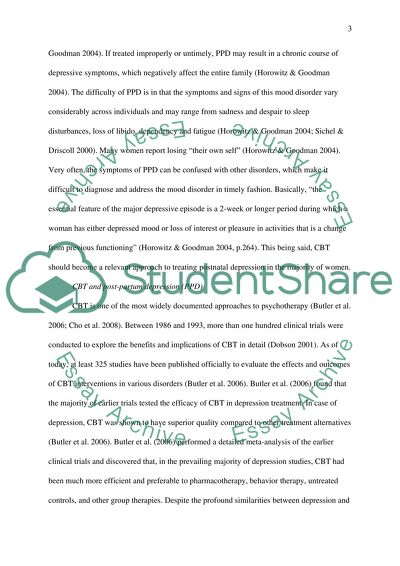Cite this document
(“How effective is cognitive behaviour therapy compare to other Literature review”, n.d.)
Retrieved from https://studentshare.org/psychology/1438454-how-effective-is-cognitive-behaviour-therapy
Retrieved from https://studentshare.org/psychology/1438454-how-effective-is-cognitive-behaviour-therapy
(How Effective Is Cognitive Behaviour Therapy Compare to Other Literature Review)
https://studentshare.org/psychology/1438454-how-effective-is-cognitive-behaviour-therapy.
https://studentshare.org/psychology/1438454-how-effective-is-cognitive-behaviour-therapy.
“How Effective Is Cognitive Behaviour Therapy Compare to Other Literature Review”, n.d. https://studentshare.org/psychology/1438454-how-effective-is-cognitive-behaviour-therapy.


